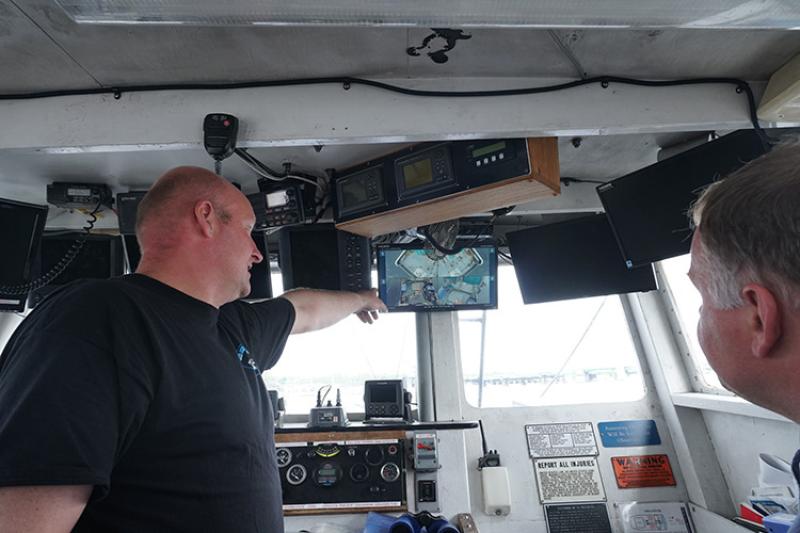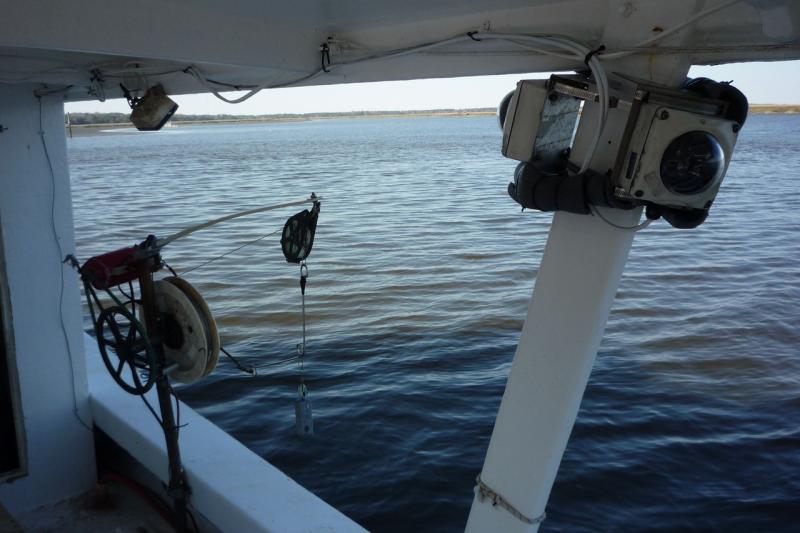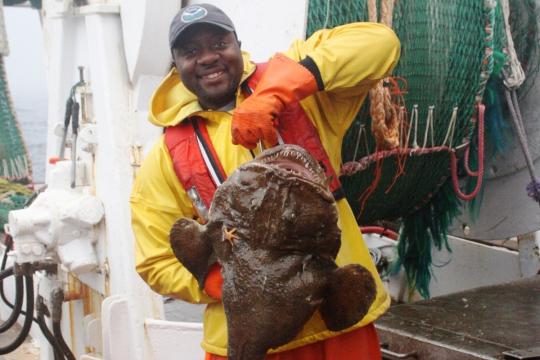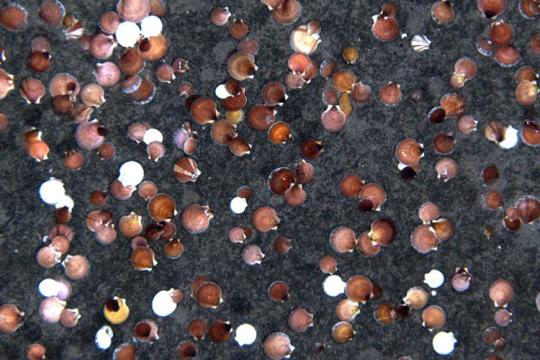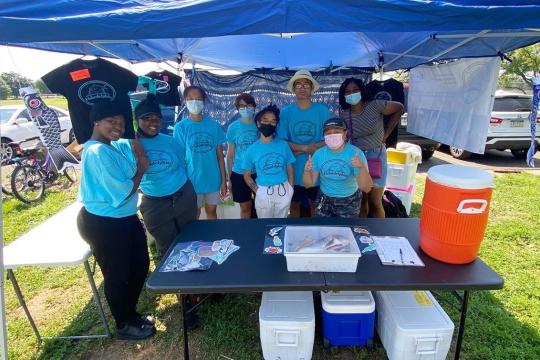Contributed by Bill Duffy, Port Agent, Greater Atlantic Region
Jim Ford has been fishing in the Gulf of Maine since he was in sixth grade. Ford’s first job was working as a deckhand on party boats. Later, he began operating a small gillnet vessel and a small trawler, in addition to longlining. He currently owns and operates the Lisa Ann III, a 50-foot dragger. He targets groundfish from his home port of Newburyport, Massachusetts.
In 2018, we issued an exempted fishing permit to the Gulf of Maine Research Institute to create a pilot project to test electronic monitoring in the Northeast. Ford signed up as one of the first project participants, and currently uses electronic monitoring on 100 percent of his trips.

Maximized Retention
Ford participates in what is called a “maximized retention program.” This means that Ford is required to keep all of his groundfish catch, with a few exceptions, regardless of whether it is undersized or has no value. This provides complete catch information for scientists, since Ford brings in the fish he would normally have thrown back to sea.
As part of this program, a dockside monitor meets Ford at the dock to witness his offload, verify his catch information, and confirm that the fish hold is empty. Ford likes that cameras discourage people from trying to cheat the system, which creates a level playing field. Ford believes cameras could eventually meet monitoring requirements, reducing the need for human dockside monitoring.
When using EM, Ford has his cameras turned on for the duration of his trip, which means that his catch is fully counted. If not using EM, groundfish vessels are required to carry observers on approximately 30 percent of all groundfish trips in 2019. Ford likes that electronic monitoring gives him more privacy than carrying a human observer—there are no cameras in the wheelhouse or the cabin. When they’re not fishing, Ford and his crew are more relaxed. Having an extra person on board changes the dynamic on the boat.
Cameras Provide Accuracy
“I like the cameras because they show what’s out there. You can’t dispute what the camera sees,” says Ford. For years, fishermen have been telling our scientists that there are more Atlantic cod than our surveys show and than our models predict. Ford hopes that the footage of his catches will prove that the Atlantic cod stock is in better shape than we think.
“Getting good quality data is key, because the fishery is on a downward spiral, especially inshore,” says Ford. “NOAA should listen to fishermen more. And cameras don’t lie.”
Ford also sees that electronic monitoring is the way the industry is trending. Unlike the West Coast and Europe, New England has been slow to adopt the technology.
“The rest of the world uses electronic monitoring,” he says. “New England is just getting up to speed.”'

Contact Us
For more information on electronic monitoring in our region, contact Claire Fitz-Gerald, Sustainable Fisheries Division, at (978) 281-9255.
